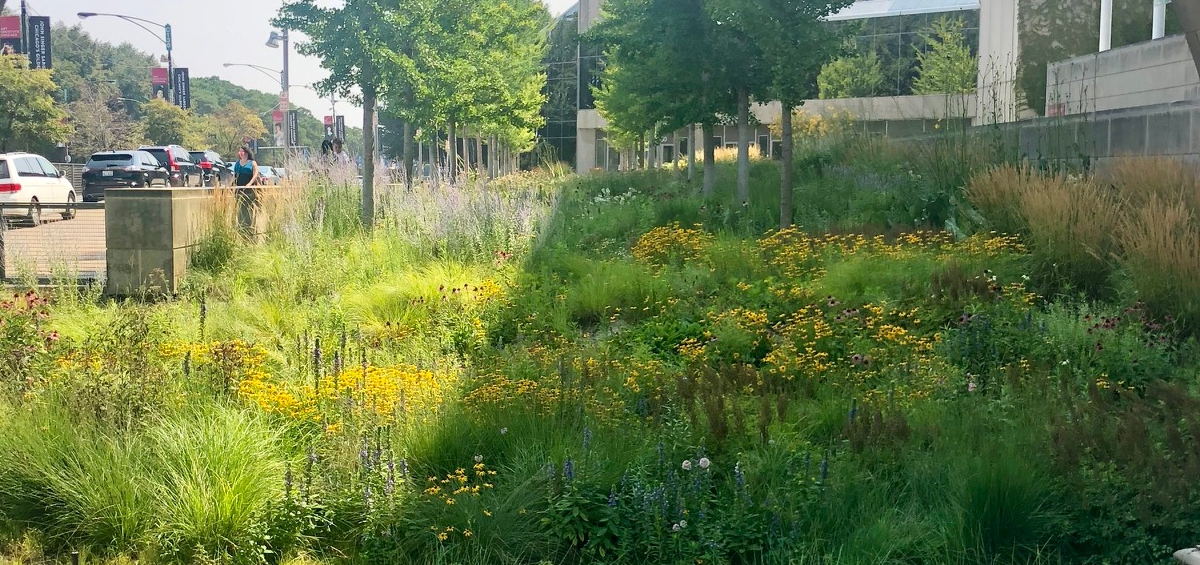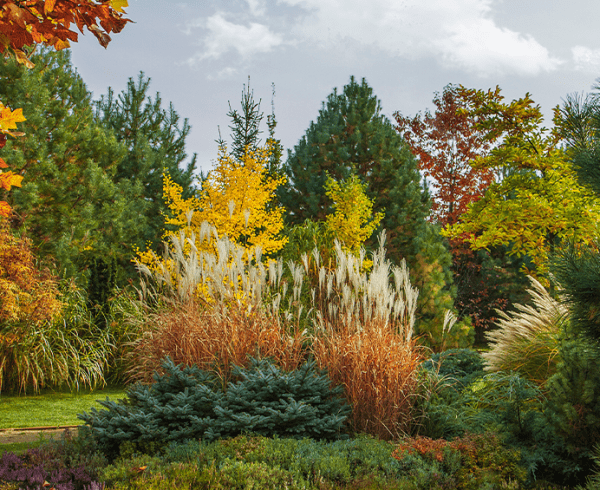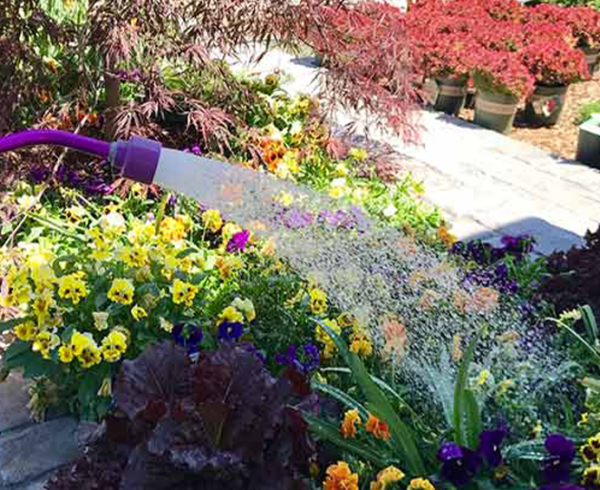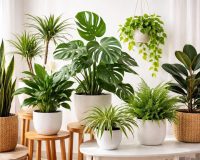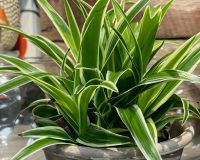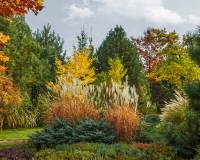I love planting perennials because you plant them once and they return bigger and better every year. Everyone should have some in their yard because they help transition from tall trees and shrubs to smaller flowering plants. When planning a perennial garden, there are a few tips to remember.
Our Top Tips For Perennials
- First look for varieties that bloom in early spring. Then plant varieties that bloom in late summer and autumn. Pay more attention to the ones that bloom during these seasons. Next plant a mix of several varieties that you like. This ensures you’ll have color every season and a garden that is continually changing.
- Plant a mixture of different leaf colors, textures and shapes. Doing so will provide visual interest, even when a plant isn’t in bloom. For example, a tall dusty blue grass next to a round burgundy shaped perennial and a low lime green groundcover.
Here are seven great perennials for our area. Remember, there are hundreds of varieties that grow wonderfully here, so visit the nursery for more ideas and information.
Zagreb Coreopsis
(Coreopsis Zagreb) These bloom with large yellow flowers. Continuous color from June until fall. Remove spent blossoms to encourage the most blossoms. They grow 16-20” tall and 20” wide in full sun. Its perfect to add a punch of color in flowerbeds year after year and works well in hot, sunny locations. The blooms attract butterflies and can be used for cut flowers as well.
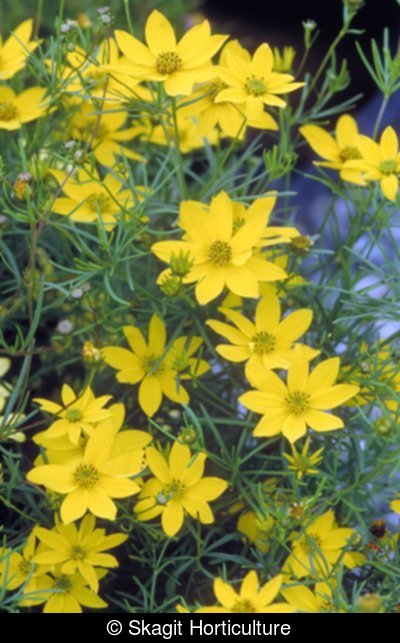
Image courtesy of Skagit Gardens
Sweet Daisy Cher Shasta Daisy
(Leucanthemum Sweet Daisy Cher) Profuse daisy flowers with shaggy, bright white rays and golden yellow button eyes bloom on sturdy stems. Well-behaved and works well as an accent or in mass plantings. Plant in a sunny spot and enjoy this easy to grow, easy to care for flower.
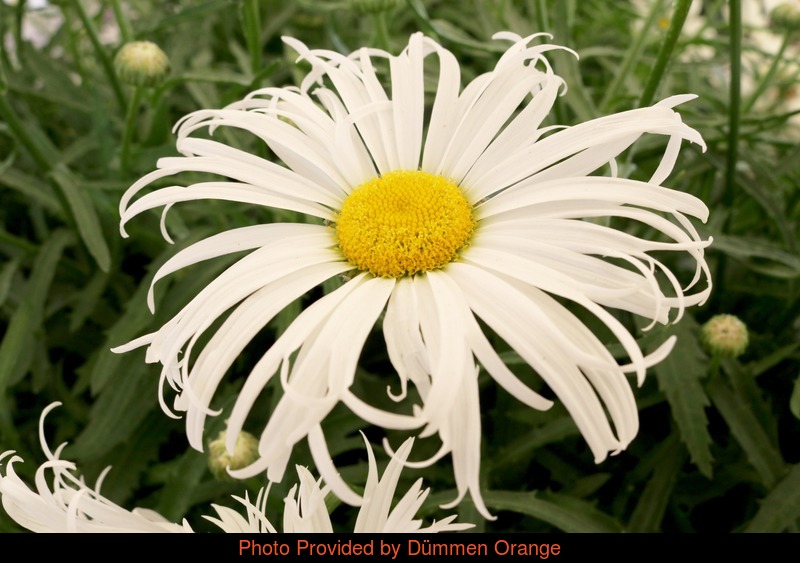
Image courtesy of Skagit Gardens
Caradonna Salvia
(Salvia Caradonna) Nothing stops the eye more than a cluster of deep indigo blossoms. This 20-28″” tall perennial has large flower spikes that bloom throughout June, July, and August. Cut back spent blossom spikes to keep a show of bright color in the garden. Plant in a sunny spot in the middle or back of perennial gardens. This also attracts butterflies and hummingbirds.
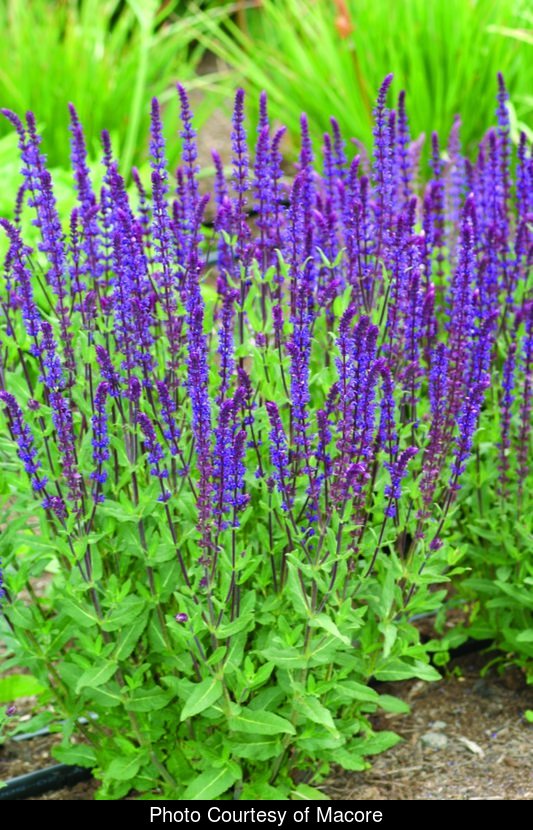
Image courtesy of Skagit Gardens
Hosta Plantain Lily
(Hosta) Hostas make a bold statement in a shady spot with masses of decorative textured leaves. There are many varieties available with bold foliage, different growth sizes, and textures. Many people that can’t get anything else to grow in a shady spot love hostas.
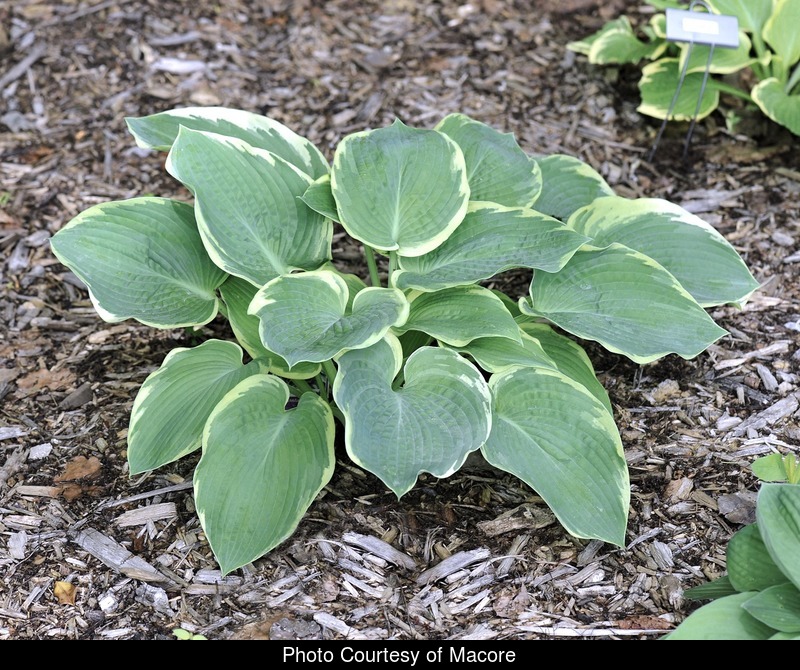
Image courtesy of Skagit Gardens
Russell Series Lupine
(Lupinus) You’ll love the enormous fat flower spikes that bloom from June through August. The Russell Series of Lupines come in many colors- blue, pink, red, yellow, and white. They grow 2-3’ tall and about 2’ across so use them towards the back of flower beds. They are extra hardy and love cool places, making them a good choice for places like Ashton or Teton Valley. Since they are short lived perennials or biennials, leave some flower spikes to set seed for future generations, or trim back after flowering.
Northern Lights Hair Grass
(Deschampsia Northern Lights) The slender foliage is green and creamy white with a slight pink tint. It is a great way to add texture to your flowerbeds in early spring and late into the fall. They grow in a low mound, 8-14” tall and wide and prefer a partly shady or cool spot.
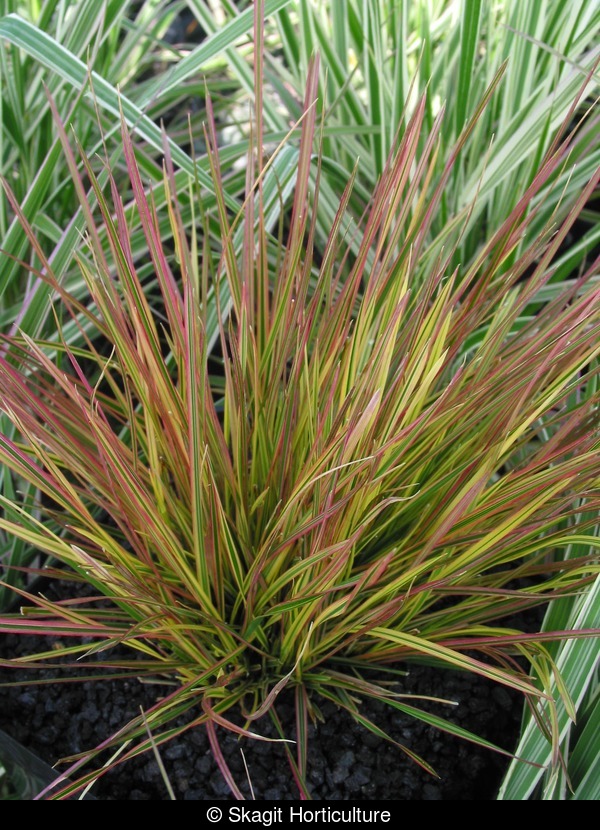
Image courtesy of Skagit Gardens
Little Trudy Catmint
(Nepeta Little Trudy) Lavendar blue flower spikes adorn fragrant mounds of silvery-grey foliage. It attracts local pollinators, tolerates heat and loves full sun or part shade. This variety of catmint is more compact, growing 10″ tall and 16″ wide .
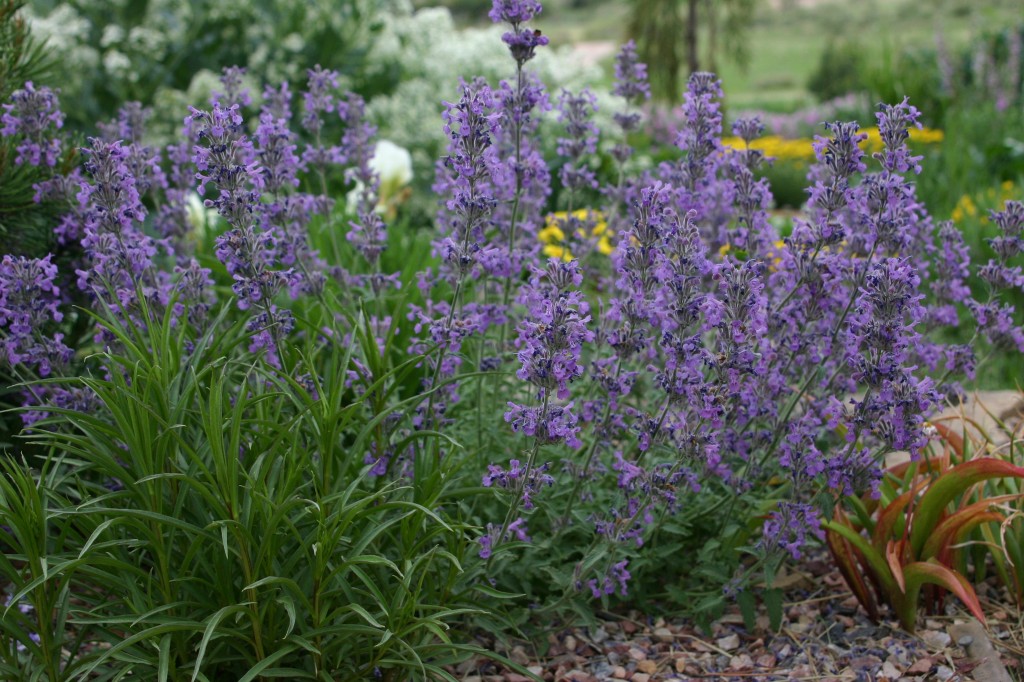
Image courtesy of Plant Select
These are just a few of the many perennials that work in Eastern Idaho. Our selection is constantly changing, so see us for availability. One easy way to have always have a colorful perennial garden is to stop by the nursery weekly throughout the summer and see what’s blooming. Pick up a few blooming perennials each visit and you’ll end up with a gorgeous perennial garden that is always in bloom. Have fun planting perennials and get a garden full of unique textures and colors to enjoy for years to come.

